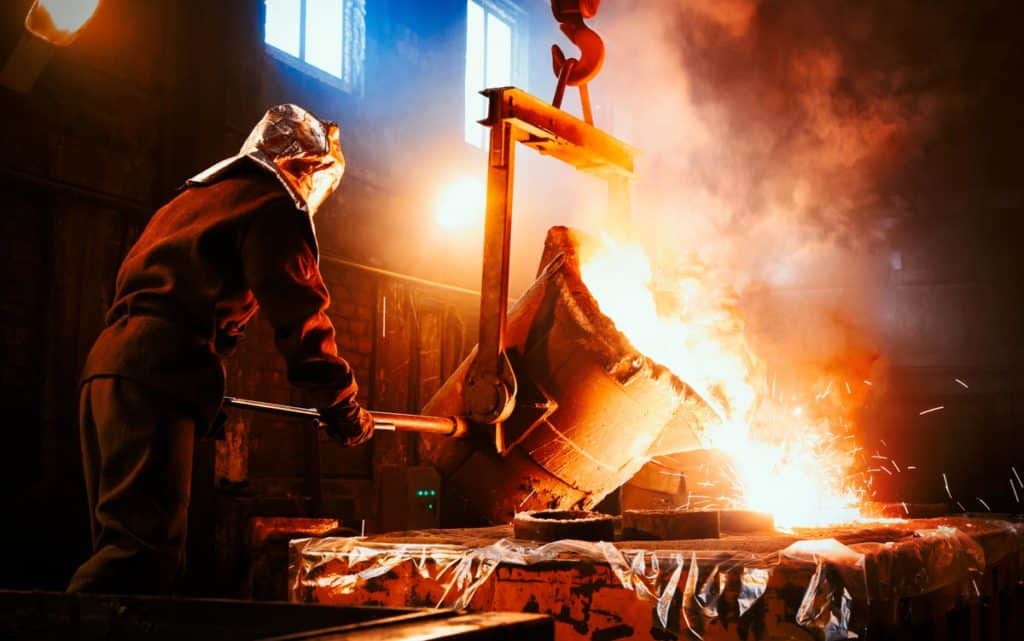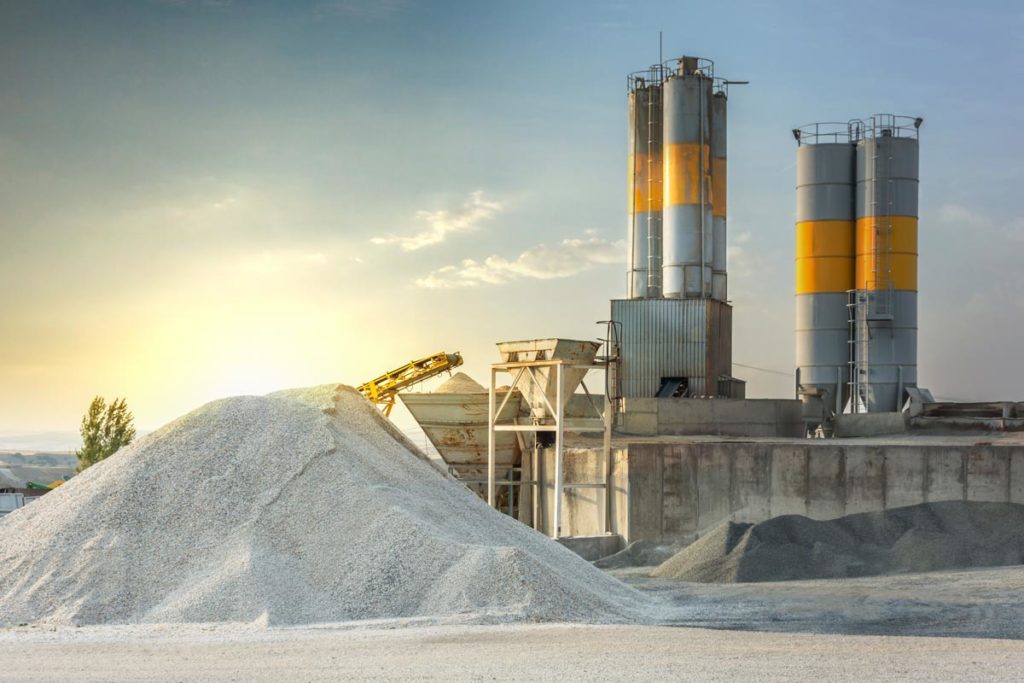Mankind has always been great at making things. We need to build sustainable factories for the future by powering them with hydrogen. Which in turn will be used to produce materials in a cleaner way.
Manufacturing and technology have over the years radically increased living standards around the world. Nowhere is this progression more visible than in rapidly growing economies where increased wealth translates quickly into tangible things like new buildings, houses and roads.
Unfortunately, all this comes at a price. Industrial manufacturing represents 19% of emissions globally. The manufacturing process for materials such as steel, cement, glass and chemicals all require high-temperature heat in their production. Today’s industrial heat requirements rely mainly on fossil fuels and only a small amount of renewable energy. Therefore, decarbonisation would require a dramatic change in how industrial heat is generated.
Hydrogen can be used in manufacturing where other renewables fall short.



How would scaling up hydrogen-powered manufacturing genuinely change your life?
Scaling up the use of hydrogen to power manufacturing processes would radically alter the environmental impact of everything we interact with, and manufacturing touches on all aspects of our lives.
More hydrogen use will help reduce carbon emissions in all aspects of life:

In your house: concrete in the walls, plastic in pipes and sheets, steel in foundations, aluminium and glass windows.

At your breakfast table: glass jars, stainless steel cutlery, tomato made with fertiliser and plastic plates for the kids.